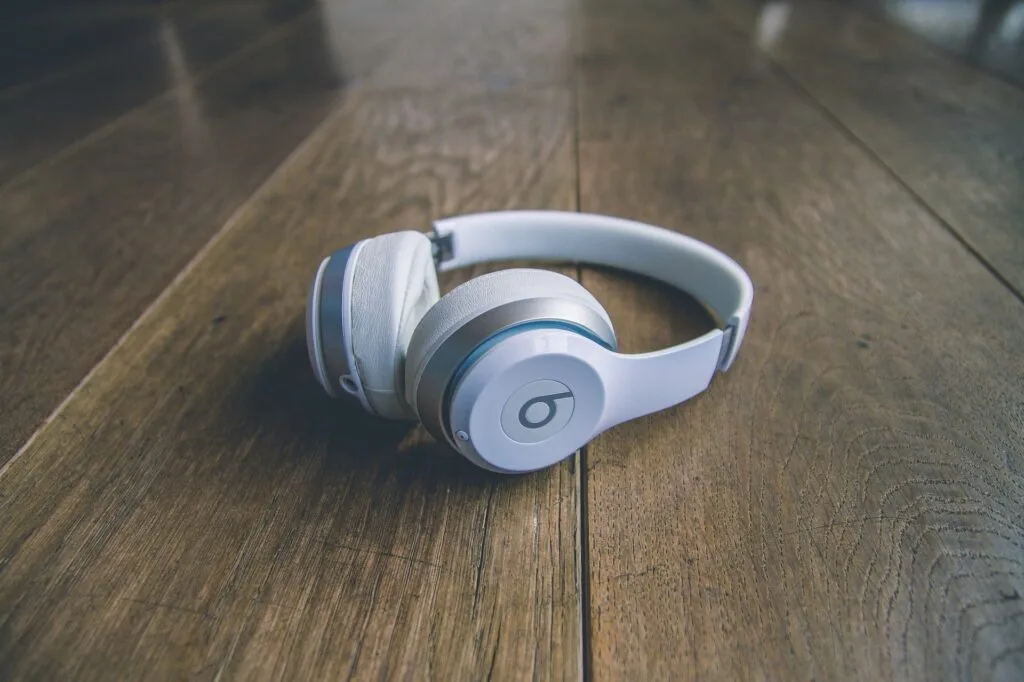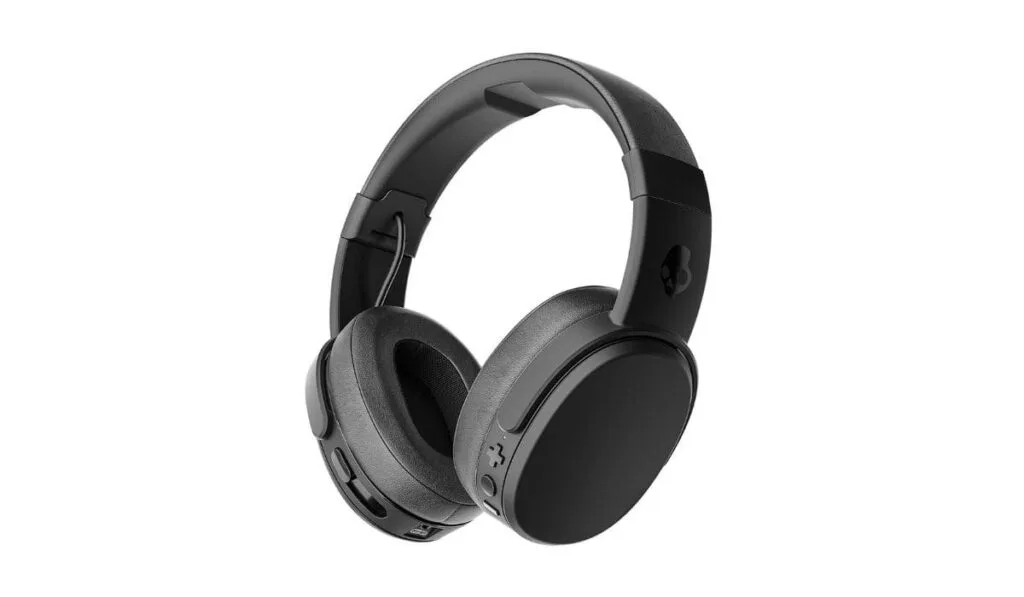Headphones are a popular accessory for music lovers and audiophiles, providing an immersive listening experience. However, sometimes the clamping force of headphones can be too loose, resulting in discomfort or even the headphones slipping off your head. This can be incredibly frustrating during intense workout sessions or while commuting. Luckily, there are several ways to increase the clamping force on headphones.
In this article, we’ll explore how to increase clamping force on headphones. Whether you want to improve comfort or prevent slippage, these tips will help you get the most out of your headphones.
Table of Contents
What is Clamping Force in Headphones?

Clamping force in headphones refers to the amount of pressure exerted by the headphones on your head. The force keeps the earcups firmly in place and ensures the headphones stay securely on your head. When you wear headphones, the earcups should create a snug seal around your ears, blocking out external noise and providing a clear and immersive audio experience.
However, if the clamping force is tight enough, the earcups may not create a proper seal, resulting in sound leakage and a less-than-ideal listening experience. On the other hand, if the clamping force is too tight, it can lead to discomfort and even headaches after prolonged use. Finding the right balance of clamping force for your headphones is essential, as it can significantly impact your overall comfort and audio quality.
The Factors That Affect the Clamping Force
Several factors affect the clamping force of your headphones, including:
- The design of the headphones
- The size and shape of your head
- Ear cups are made of a particular type of material
- The quality of the padding
Knowing the factors that affect the clamping force of your headphones can help you understand how to adjust them.
How To Increase Clamping Force On Headphones:

Now that you know the importance of the clamping force, let’s discuss how to increase it. Here are some ways to increase the clamping force of your headphones:
1. Adjusting the Headband
The headband is an essential part of the headphones that can affect the clamping force. You can adjust your headphones to increase the clamping force if your headphones have an adjustable headband. Start by loosening the headband, then adjust it to fit snugly on your head. If your headphones don’t have an adjustable headband, skip to the next step.
2. Using a Rubber Band
Another way to increase the clamping force of your headphones is by using a rubber band. Trap a rubber band around the headphones’ ear cups, pulling them closer together. The rubber band will create more tension, increasing the clamping force. However, be careful not to over-tighten the rubber band, which can cause discomfort.
3. Adding Padding
Adding padding to the ear cups can also help increase the clamping force. You can use foam pads or any other soft material to provide additional support. Place the pads on the ear cups and adjust them to fit snugly on your ears.
4. Wearing the Headphones Properly
Wearing your headphones correctly can also help increase the clamping force. Make sure to position the headphones properly on your ears. The ear cups should fit snugly around your ears, creating a seal. This seal will help to increase the clamping force and prevent noise leakage.
What Causes of Clamping Force in Headphones?

Several factors, including the headband design, earcup materials, and overall headphone construction, determine the clamping force in headphones. The headband is responsible for providing the main clamping force, as it is part of the headphones that rest on the top of the head.
Headbands are typically made of plastic, metal, or leather and can be adjustable or non-adjustable. Adjustable headbands allow for customization of the clamping force, while non-adjustable headbands rely on the natural tension of the material to provide a consistent level of clamping force.
Ear cup materials can also impact the clamping force of headphones. Some materials, such as memory foam or silicone, are more malleable and can conform to the shape of the user’s head, creating a comfortable and secure fit. Other materials, such as more rigid plastics or metal, may provide a firmer clamping force but may also be less comfortable.
Additionally, the size and shape of the ear cups can affect the clamping force. Smaller ear cups tend to provide less clamping force, while larger ear cups can provide more. The orientation of the ear cups can also affect the clamping force, as ear cups that are angled or rotated may provide a different level of pressure on the head.
Several factors contribute to the clamping force in headphones, including the headband design, earcup materials, and overall headphone construction. Understanding these factors can help you choose the right headphones and ensure a comfortable and secure fit.
What is a Good Clamping Force For Headphones?

When it comes to headphones, finding the proper clamping force is essential for a comfortable and immersive listening experience. A reasonable clamping force should be firm enough to keep the earcups in place but not so tight that it causes discomfort or pain.
The ideal clamping force varies depending on the individual and the type of headphones, but generally, a clamping force of around 5-7 N (newtons) is optimal for most people. This level of clamping force provides a snug fit without feeling too tight, allowing for proper sound isolation and a balanced audio experience.
However, it’s important to note that everyone’s head size and shape are different, and what works well for one person may not work for another. Ultimately, trial and error is the best way to determine the correct clamping force for your headphones. Try adjusting the headband or using different earcup sizes to find the perfect fit for your unique head shape and size.
Also Read: Is Listening To Headphones At Low Volume Bad?
How Can I Make My Headphones Sound Better?
1. Upgrade Your Source
Your source is one of the most critical factors in achieving excellent audio quality. If you’re listening to low-quality audio files or streaming services, your headphones won’t be able to work their magic. To make your headphones sound better, start by upgrading your audio source. Consider investing in high-quality audio files or a premium streaming service offering lossless audio.
2. Adjust the Equalizer
Most audio devices come with an equalizer, which allows you to adjust the audio frequencies to your liking. Adjusting the equalizer can significantly impact how your headphones sound. Try experimenting with the different presets or adjusting the frequencies until you find a sound you like.
3. Use an Amplifier
Headphone amplifiers are designed to enhance the audio quality of your headphones. They can provide more power and improve the dynamic range, producing a cleaner and more detailed sound. Consider investing in a headphone amplifier if you’re serious about improving your headphone sound quality.
4. Upgrade Your Headphone Cable
The cable that connects your headphones to your audio source can also affect the sound quality. Upgrading to a high-quality cable can make a noticeable difference. Look for cables made from high-quality materials like silver or copper, which can improve signal quality.
5. Experiment with Headphone Pads
The pads on your headphones can affect the sound quality as well. Different types of pads can produce different sound signatures, so experiment with different materials and shapes to see what works best for you. Some popular materials include memory foam, leather, and velour.
Conclusion:
The clamping force of headphones is crucial to comfort and audio quality. While finding the perfect clamping force can be a matter of personal preference, there are several practical ways to increase the clamping force on headphones. Whether it’s adjusting the headband, swapping out earpads, or using accessories like headphone clamps or ear hooks, there are solutions for every type of headphone user.
By experimenting with different methods and finding the right balance of clamping force, you can enjoy a comfortable and immersive listening experience with your favourite headphones. Remember, a slight adjustment can go a long way in enhancing your headphone experience.
FAQs
Why is clamping force important for headphones?
Clamping force is essential for headphones because it affects comfort and audio quality. A good clamping force ensures a snug fit, preventing sound leakage and providing proper sound isolation.
How can I tell if my headphones have a good clamping force?
A good clamping force should be firm enough to keep the earcups in place but not so tight that it causes discomfort or pain. The clamping force may be too weak if your headphones feel loose or fall off easily.
Can increasing clamping force cause discomfort or pain?
Increasing the clamping force too much can cause discomfort or pain, so finding the right balance for your specific needs is essential. Be sure to experiment with different levels of clamping force and adjust accordingly.
